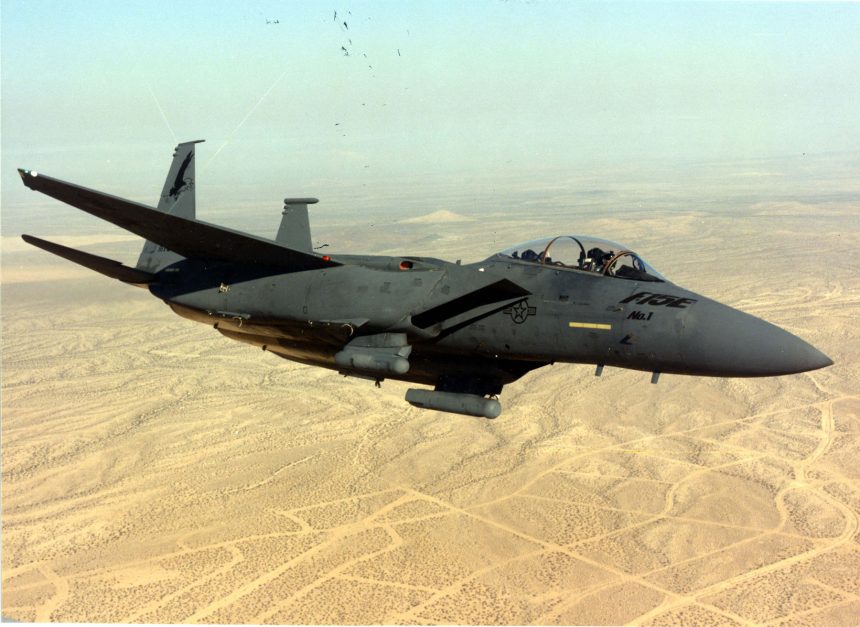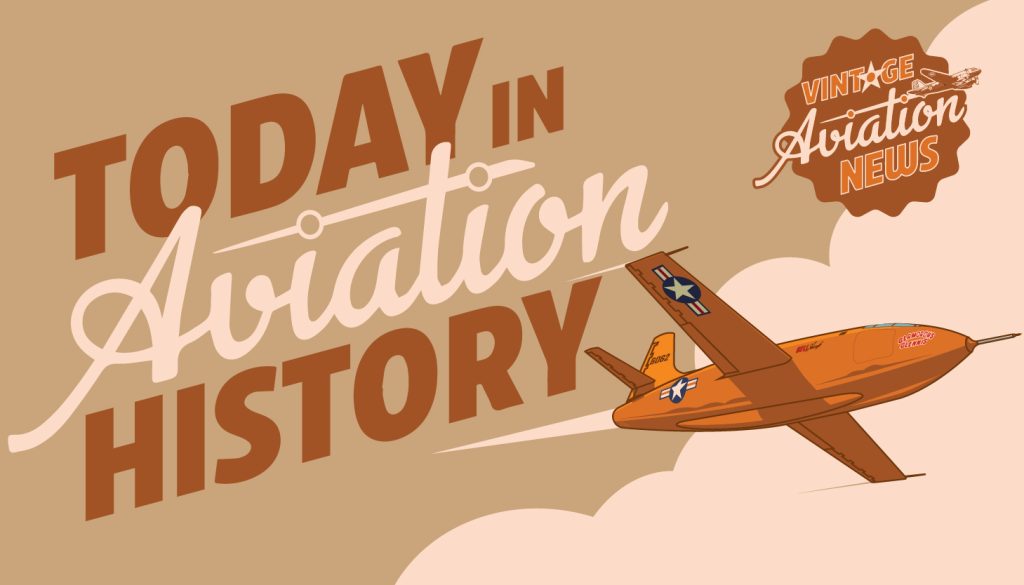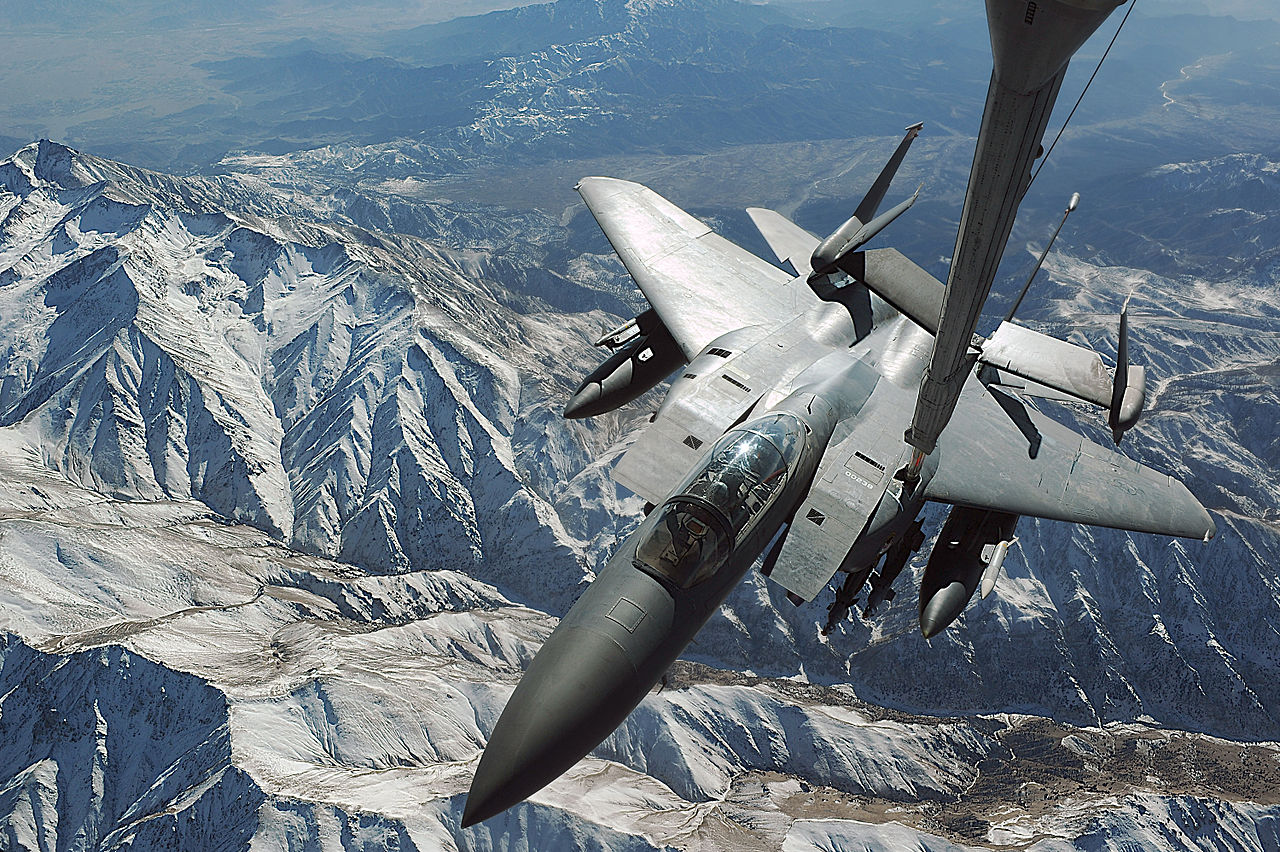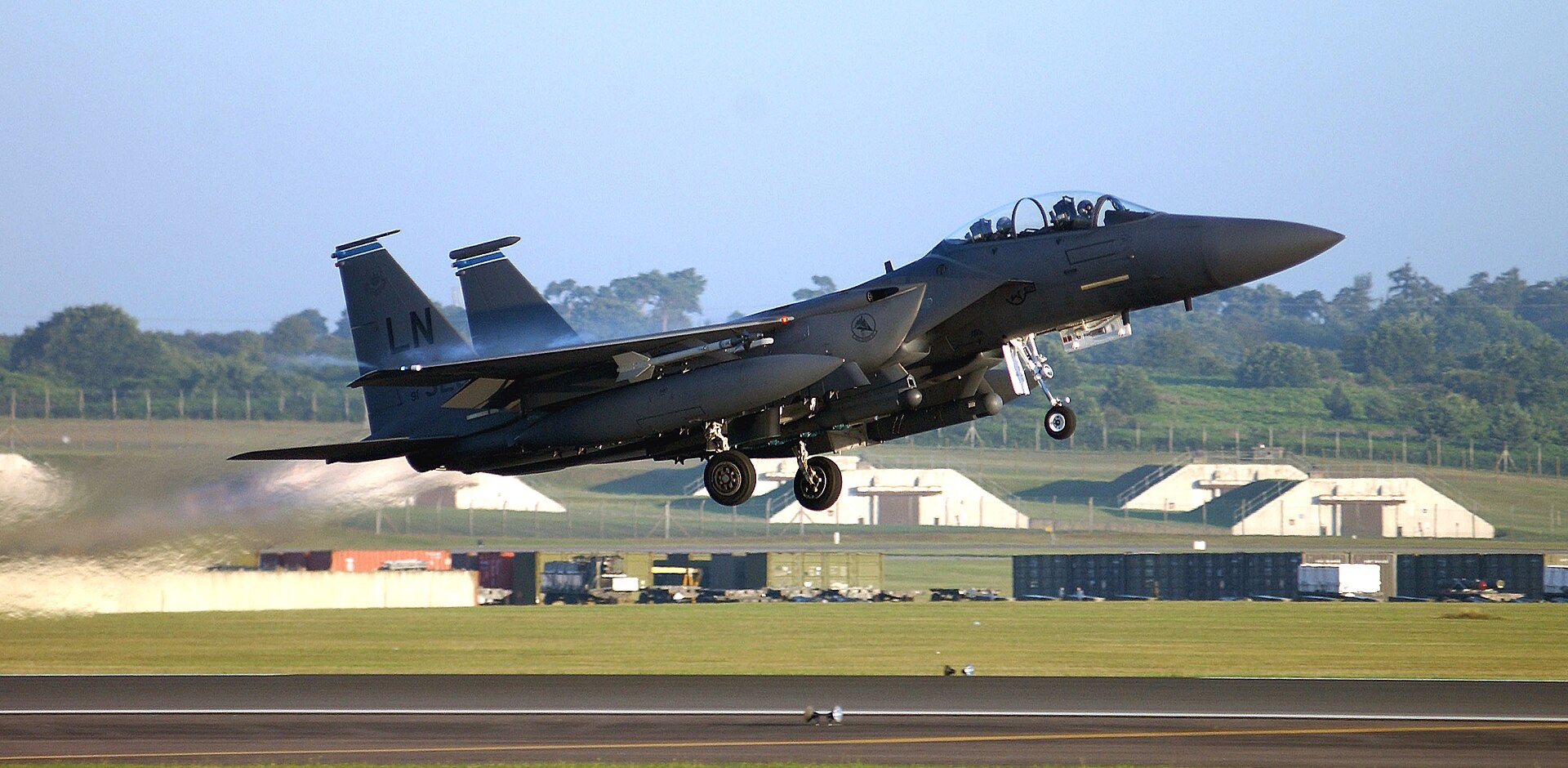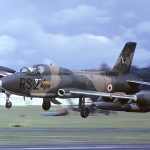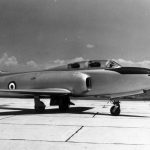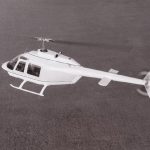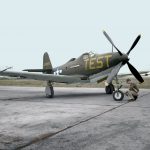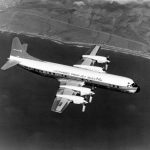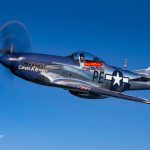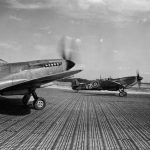On December 11, 1986, the first production model of the McDonnell Douglas F-15E Strike Eagle, one of the most capable military aircraft still in active-duty service, made its first flight. While the F-15 was originally in the 1970s built as an air superiority fighter, the Strike Eagle sought to combine the Eagle’s outstanding performance with the long range and payload capabilities of a deep air support (DAS) aircraft to strike targets far behind the frontlines.
Even as McDonnell-Douglas was designing the F-15 as a purpose-built air superiority fighter, the company’s engineers sought to a version of the Eagle that was capable of ground attack missions. However, there was initially no interest from the Air Force for such a version of the F-15, which flown its first in 1972 began entering American fighter wings by 1976, replacing McDonnell Douglas’ own F-4 Phantom II, so further inputs were made unofficially. By the late 1970s, though, the US Air Force was looking to replace the General Dynamics F-111 Aardvark, and in order to demonstrate the capabilities of this new aircraft, the second two-seater F-15 ever built, F-15B-2 71-0291, was selected to modified as the prototype F-15 Strike Eagle, making its first flight on July 8, 1980. The rear seat was now occupied by a Weapons Systems Operator (WSO), and the aircraft was equipped with a Pave Tack laser designator targeting pod before it was demonstrated at the 1980 Farnborough International Airshow.
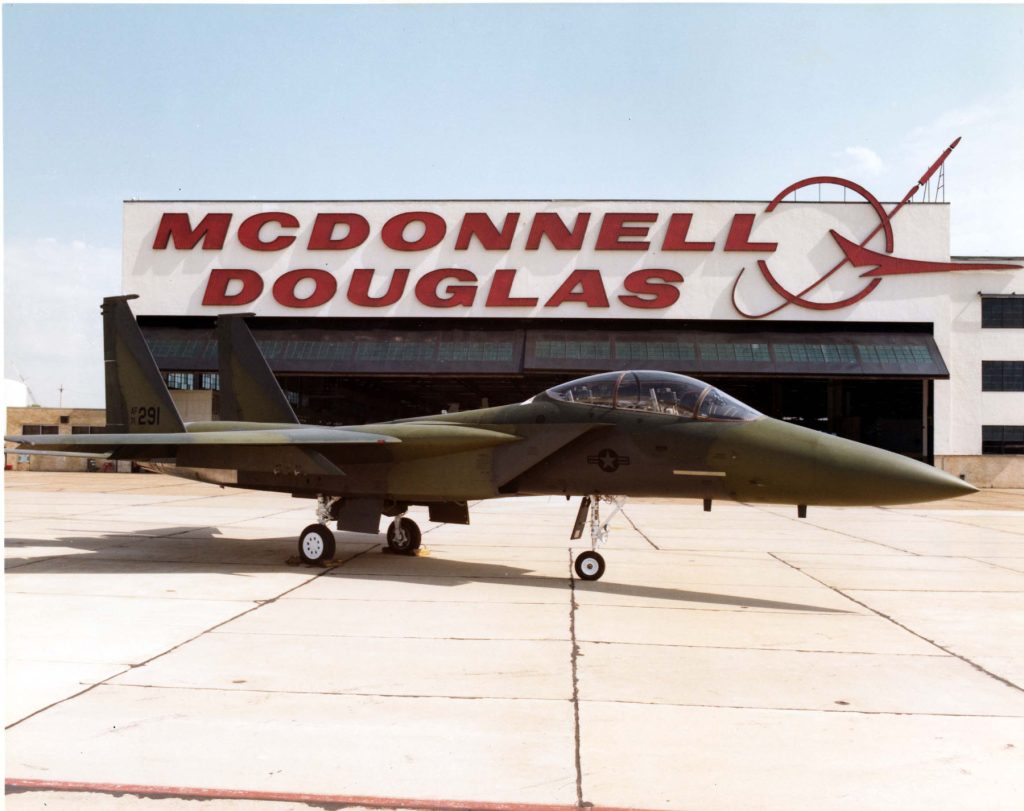
In March 1981, the Air Force announced the Enhanced Tactical Fighter (ETF) program to officially replace the F-111 with a new strike fighter design. McDonnell Douglas submitted the new Strike Eagle as their entry, while General Dynamics responded with the F-16XL, an F-16 Fighting Falcon with a cranked arrow delta wing. Both were designed to include air superiority capabilities alongside their new strike fighter roles. While both aircraft offered good performance, the F-15 Strike Eagle was selected for development over the F-16XL for several reasons, from the F-15E requiring fewer alterations from the stock F-15, as opposed to the drastic structural and aerodynamic differences in the F-16XL’s design from the original F-16 (which meant added costs in time and money in putting the F-16XL into production), to the fact that the F-15 had added redundancy in its two engines compared to the F-16’s single engine.
With the adoption of the F-15 Strike Eagle through the ETF program, the first three production F-15Es (86-0183, 86-0184, and 86-0185) were ordered into production. F-15E 86-0183 made its maiden flight on December 11, 1986, with test pilot Gary Jennings at the controls. Just over a year later, the same aircraft was accepted into service with the 405th Tactical Training Wing at Luke Air Force Base near Phoenix, Arizona. A year later, the F-15E entered initial operational capability (IOC) on September 30, 1989, at Seymour Johnson Air Force Base in North Carolina with the 4th Tactical Fighter Wing.
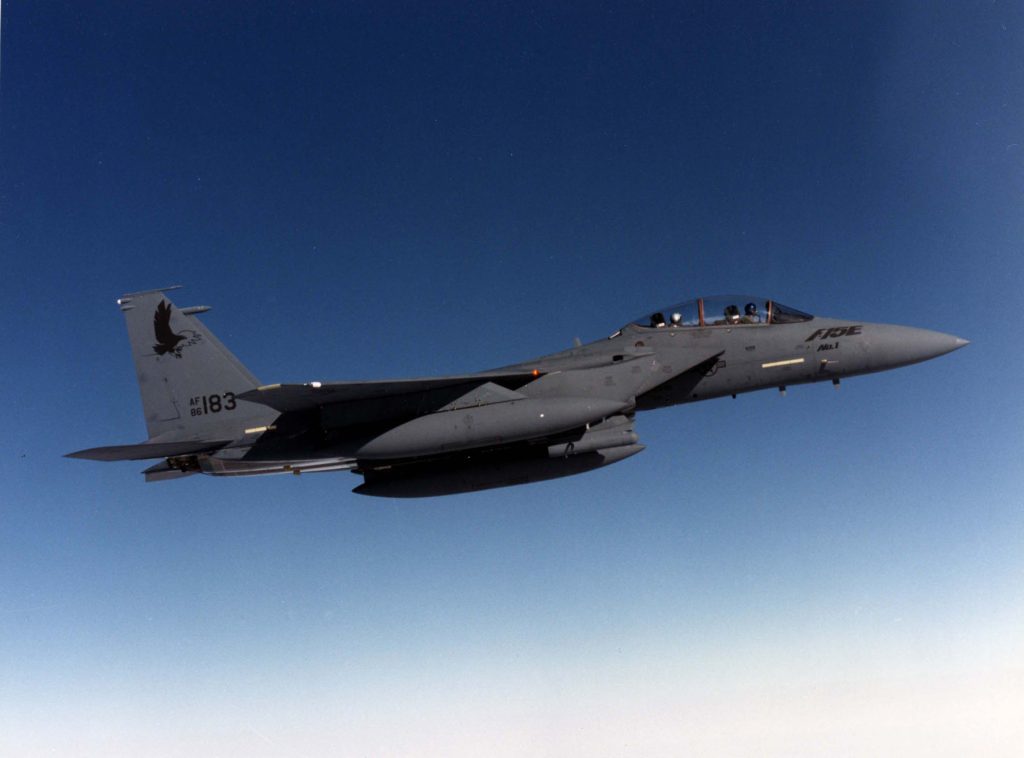
During the 1990s, the F-15E would have the opportunity to make its introduction into aerial combat during the First Gulf War, when Iraqi dictator Saddam Hussein invaded Kuwait. As part of the buildup of coalition forces codenamed Operation Desert Shield, F-15E Strike Eagles were on of the many aircraft deployed to Saudi Arabia in preparation to mobilize against Iraqi forces. With the opening of hostilities on January 16, 1991, F-15E Strike Eagles partook in the massive, coordinated air campaign to destroy Iraqi radar and anti-aircraft defense systems. During the 42 days of Operation Desert Storm, Strike Eagle crews conducted attacks on Iraqi airbases, SCUD missile launchers, and infrastructure, as well as compounds that were reported to provide refuge to Hussein. During Desert Storm, two F-15Es were shot down on January 18 and 20, with the pilot and WSO of the former being killed in action, and the crew of the second ejected and were taken prisoner after they were initially able to evade capture.
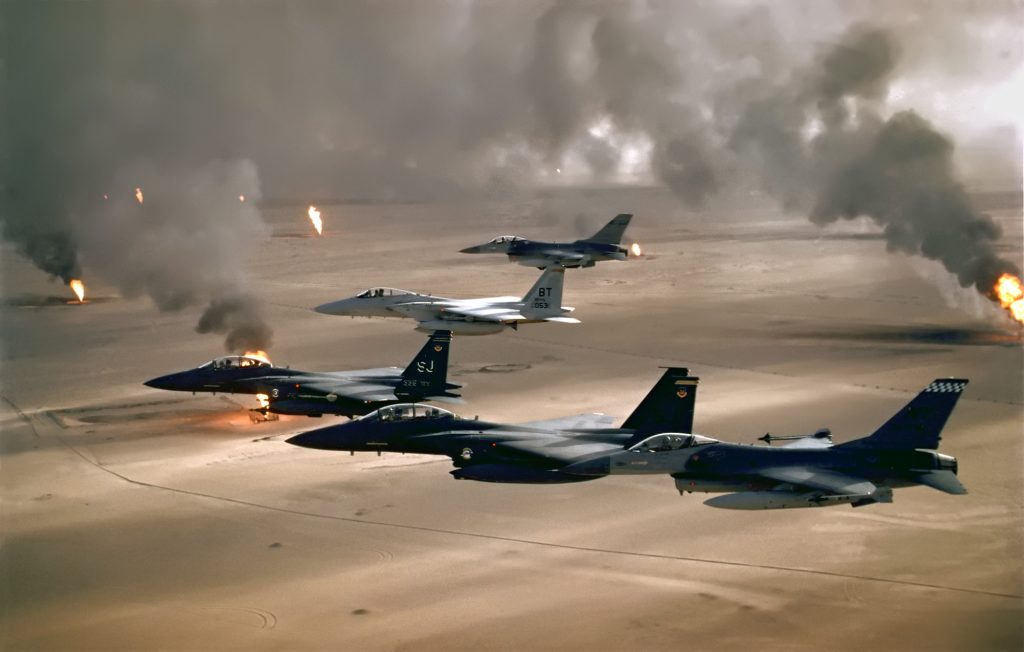
However, the F-15E Strike Eagle also scored one of the most unusual air-to-air kills in the history of aerial warfare, as well as the type’s only confirmed kill, when Capts. Richard T. Bennett, pilot, and Daniel B. Bakke, WSO, flying F-15E Strike Eagle #89-0487, were directed by an E-3 Sentry AWACS to engage three Mil Mi-24 “Hinds” offloading troops to surround a US Special Forces team. Bennett and Bakke chose to drop a GBU-10 guided bomb on the lead Hind while it was still on the ground, but after dropping the bomb, the Hind began to lift off. Thinking they would miss the helicopter, Bennett prepared to launch an AIM-9 Sidewinder when the bomb destroyed the Hind at a reported altitude of 245 meters (804 feet), causing the two remaining Mi-24s to retreat, and the Special Forces team to secure their position. When the Gulf War came to a deceive victory, F-15Es remained to enforce the No-Fly Zones (NFZ) established over northern and southern Iraq.
Strike Eagles also carried out strikes in the Balkans during the Yugoslav Wars, enforcing another NFZ through Operation Deny Flight (1993-1995) and later as part of Operation Deliberate Force from August through September 1995, where NATO aircraft engaged with Republika Srpska aircraft. In 1999, F-15Es launched further airstrikes against the forces of the Federal Republic of Yugoslavia during Operation Allied Force, with F-15Es being deployed from Aviano Air Base in Italy and RAF Lakenheath, England. During Allied Force, F-15Es were primarily used for neutralizing Yugoslav SAM sites, radar detection units and other air defense systems, along with conducting close-air-support (CAS) missions and combat air patrols (CAPs).
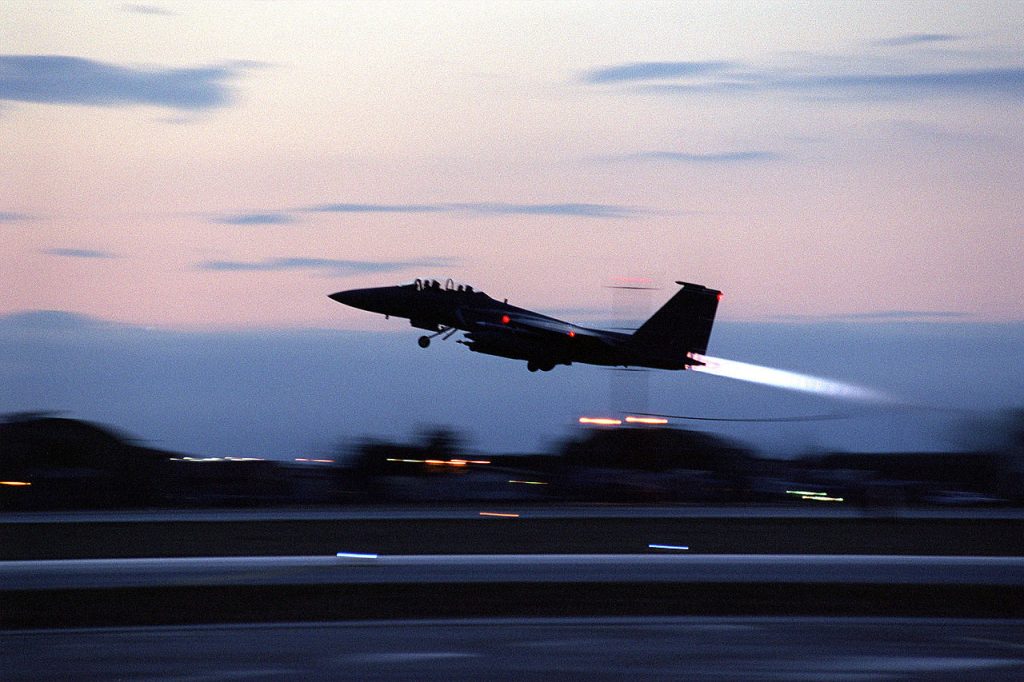
In the twenty-first century, F-15Es have been used extensively by the USAF in modern conflicts in Afghanistan, Iraq, Libya, and Syria, where they have been used to provide CAS for ground coalition units, conduct CAPs, and carry out long-range missions to eliminate high-priority targets. In addition to their service with the USAF, Strike Eagles have also been flown by the air forces of Israel as the F-15I Ra’am (רעם – “Thunder”), Saudi Arabia as the F-15S, Singapore as the F-15SG, and with South Korea as the F-15K. Like the dedicated air superiority variants of the F-15 Eagle, the F-15E Strike Eagle has been the recipient of numerous upgrade packages to improve the aircraft’s software and hardware and has become the basis for subsequent models of F-15s such as the F-15EX. But even though the Strike Eagle has served for 38 years, it shows no sign of retiring. The F-15E remains one of the US Air Force’s most capable multirole aircraft, and the pilots, ground maintainers, and engineers are to credit for keeping the aircraft in fighting shape.
Today in Aviation History is a series highlighting the achievements, innovations, and milestones that have shaped the skies. All the previous anniversaries are available HERE






